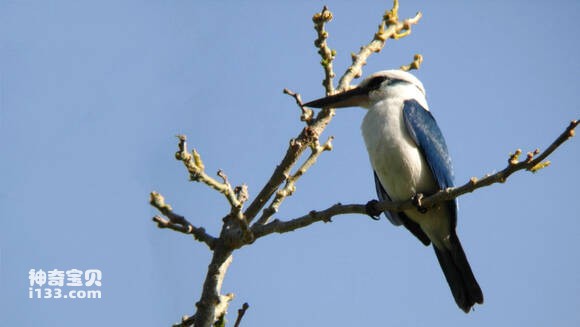
Todiramphus albicilla
Todiramphus albicilla,Mariana Kingfisher
The Mariana emerald is known as Todiramphus albicilla and Mariana Kingfisher···
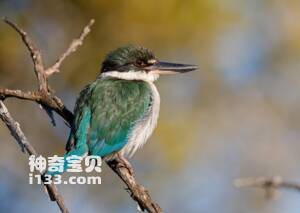
Todirhamphus sordidus
Todirhamphus sordidus,Torresian kingfisher
Todirhamphus sordidus, Torresian kingfisher, is not known.Protect wild anima···
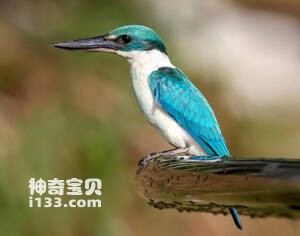
Todirhamphus chloris
Todirhamphus chloris,Halcyon chloris chloris,Collared Kingfisher
The white collar emerald is known as Todirhamphus chloris, Halcyon chloris c···
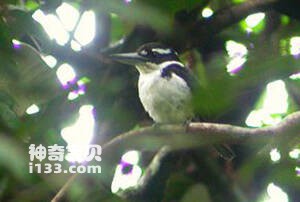
Todirhamphus funebris
Todirhamphus funebris,Halcyon funebris,Sombre kingfisher
Light black jade scientific name Todirhamphus funebris, Halcyon funebris, fo···
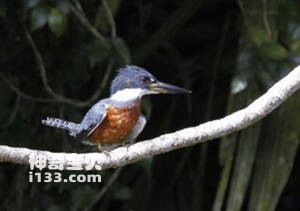
Todirhamphus farquhari
Todirhamphus farquhari,Chestnut-bellied kingfisher,Vanuatu kingfisher
The Vanuatu emerald, known as Todirhamphus farquhari, Chestnut-bellied kingf···
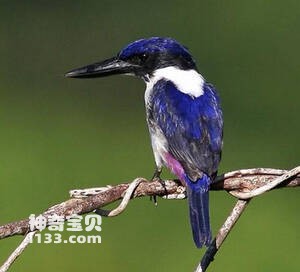
Todirhamphus leucopygius
Todirhamphus leucopygius,Ultramarine Kingfisher
Ultramarine Kingfisher, Todirhamphus leucopygius, is a single species with n···
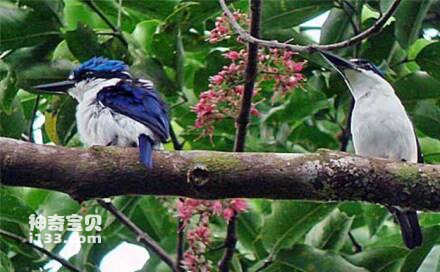
Todirhamphus albonotatus
Todirhamphus albonotatus,Halcyon albonotata,White-backed Kingfisher,New Britain kingfisher
Todirhamphus albonotatus, Halcyon albonotata, White-backed Kingfisher, New B···
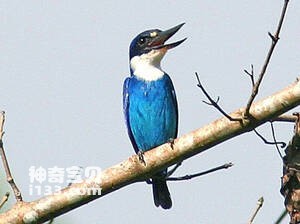
Todirhamphus lazuli
Todirhamphus lazuli,Lazuli kingfisher
The South Moluccan emerald is Todirhamphus lazuli, Lazuli kingfisher, a bird···
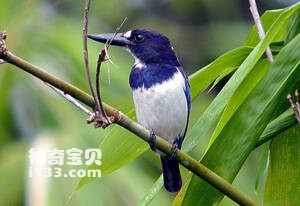
Todirhamphus diops
Todirhamphus diops,Moluccan Kingfisher
The Moluccan emerald, Todirhamphus diops, or Moluccan Kingfisher, is a speci···
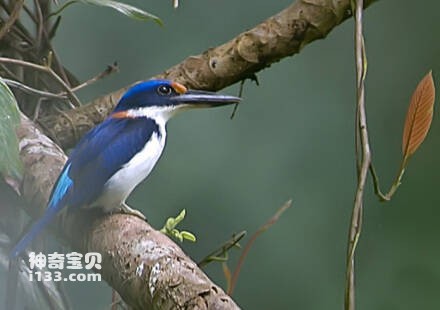
Todirhamphus winchelli
Todirhamphus winchelli,Halcyon winchelli,Rufous-lored Kingfisher,Winchell's Kingfisher
Philippine jade scientific names Todirhamphus winchelli, Halcyon winchelli, ···
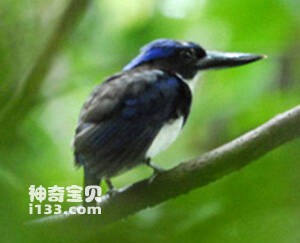
Todirhamphus nigrocyaneus
Todirhamphus nigrocyaneus,Blue-black Kingfisher
Todirhamphus nigrocyaneus, Blue-black Kingfisher, has three subspecies (1. T···
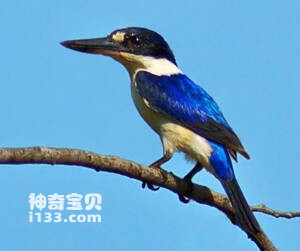
Todirhamphus macleayii
Todirhamphus macleayii,Forest Kingfisher
Todirhamphus macleayii, Forest Kingfisher, has three subspecies (Forest King···
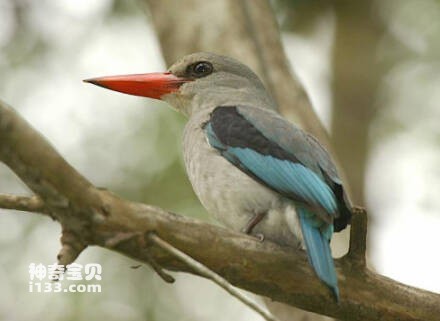
Halcyon senegaloides
Halcyon senegaloides,Mangrove Kingfisher
Halcyon senegaloides, also known as Mangrove Kingfisher, is a bird of the ge···
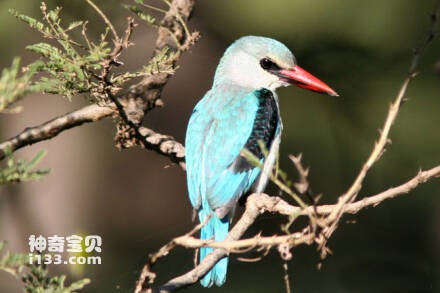
Halcyon senegalensis
Halcyon senegalensis,Woodland Kingfisher,Senegal Kingfisher
Halcyon senegalensis, Woodland Kingfisher, Senegal Kingfisher, There are thr···
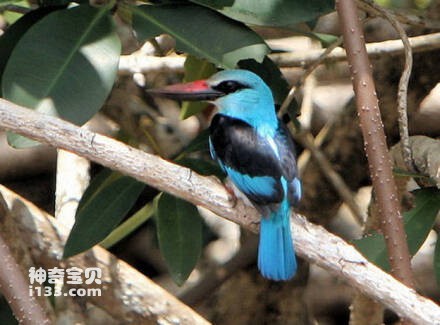
Halcyon malimbica
Halcyon malimbica,Blue-breasted Kingfisher
Halcyon malimbica, Blue-breasted Kingfisher, has four subspecies (1.Halcyon ···
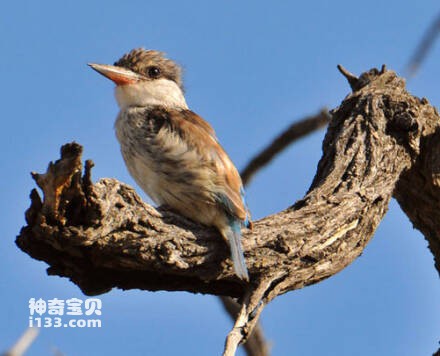
Halcyon chelicuti
Halcyon chelicuti,Striped kingfisher
Halcyon chelicuti, Striped kingfisher, has two subspecies (1.Halcyon chelicu···
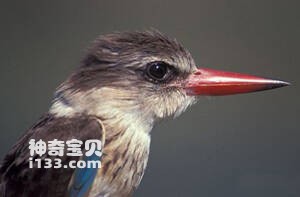
Halcyon albiventris
Halcyon albiventris,Brown-hooded Kingfisher
Halcyon albiventris, Brown-hooded Kingfisher, has four subspecies.Brown-head···
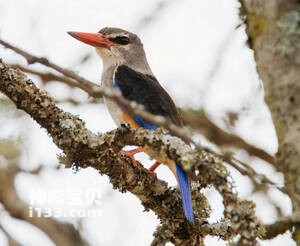
Halcyon leucocephala
Halcyon leucocephala,Gray-headed Kingfisher,Chestnut-bellied Kingfisher
Halcyon leucocephala, Gray-headed Kingfisher, Chestnut-bellied Kingfisher, t···
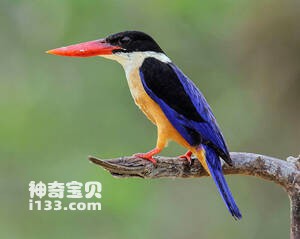
Halcyon pileata
Halcyon pileata,Black-capped Kingfisher
Halcyon pileata, Black-capped Kingfisher, no subspecies。The blue jade is of···
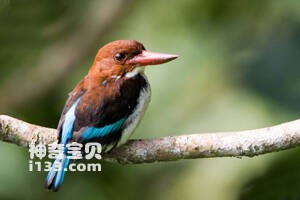
Halcyon badia
Halcyon badia,Chocolate-backed kingfisher
Halcyon badia, Chocolate-backed kingfisher, has three subspecies。Chestnut b···
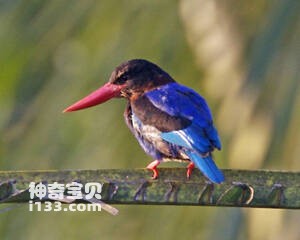
Halcyon cyanoventris
Halcyon cyanoventris,ava Kingfisher
Jadeite Halcyon cyanoventris, ava Kingfisher, no subspecies.Javanese jade is···
